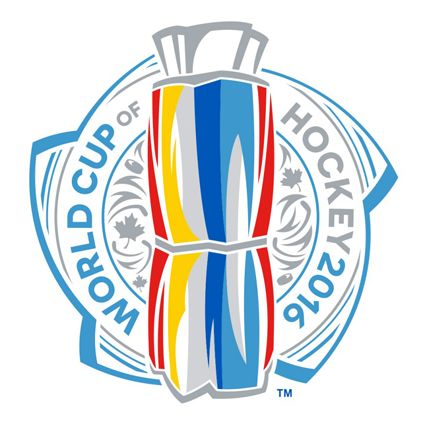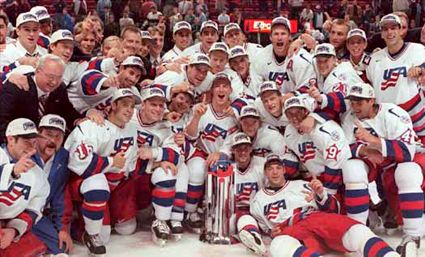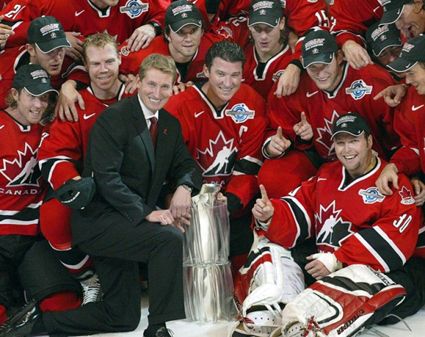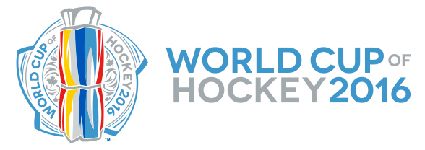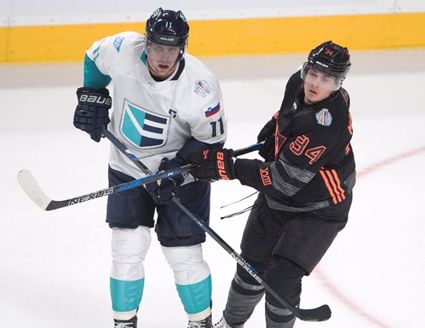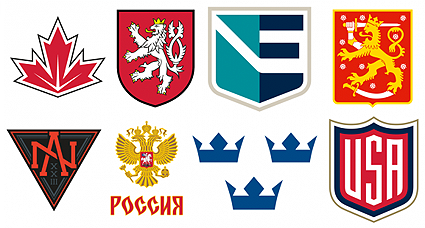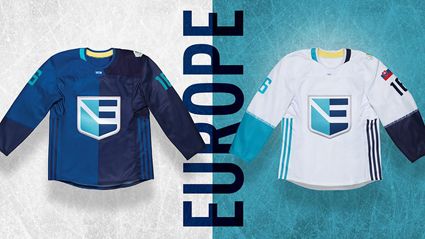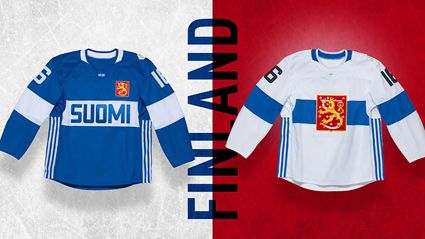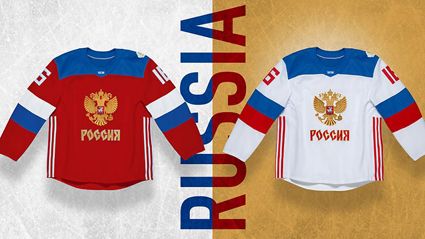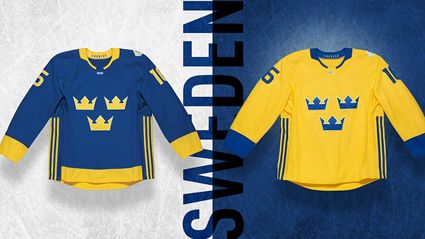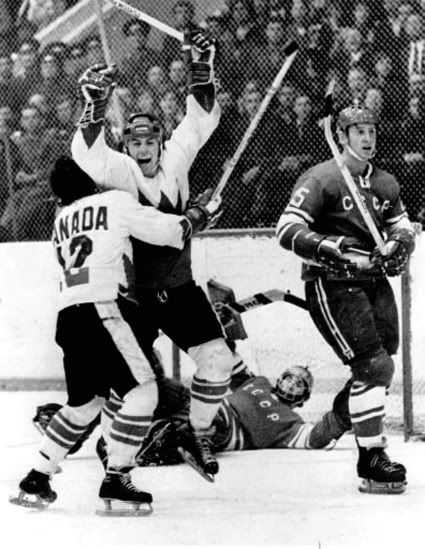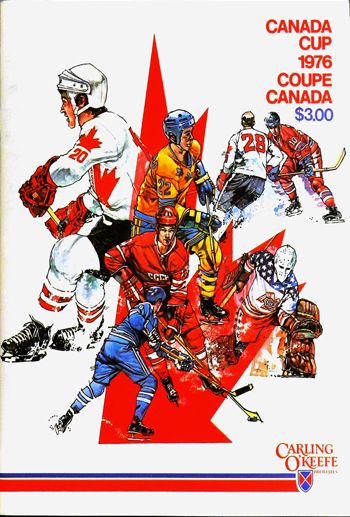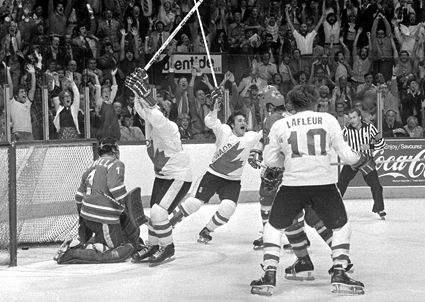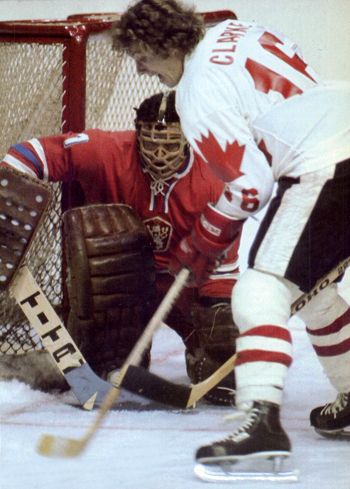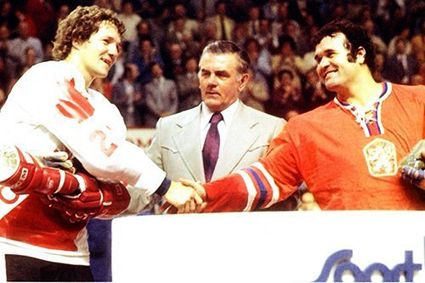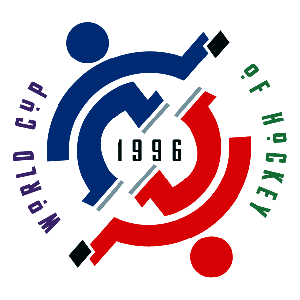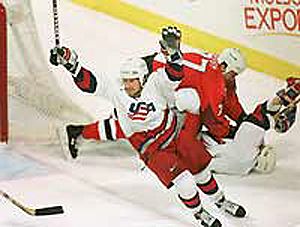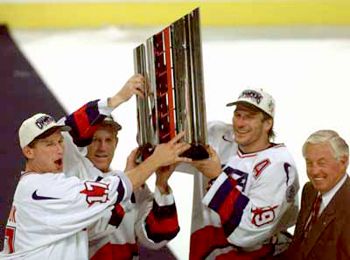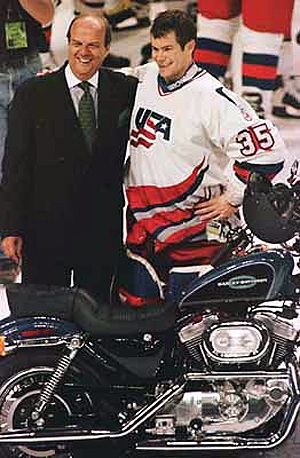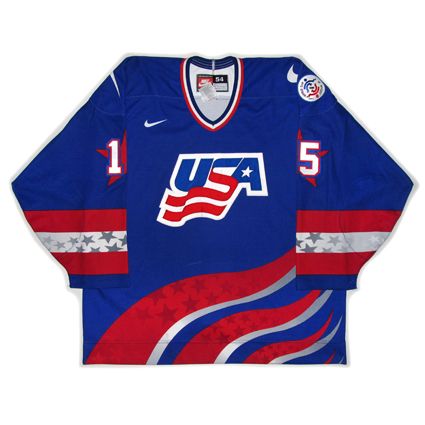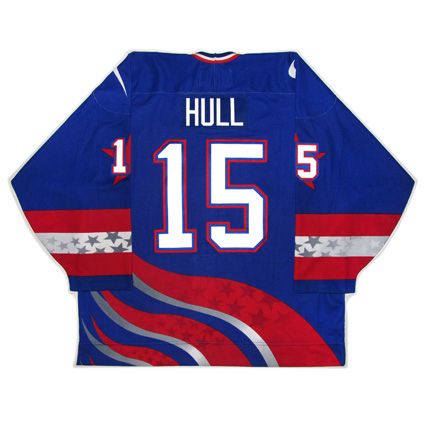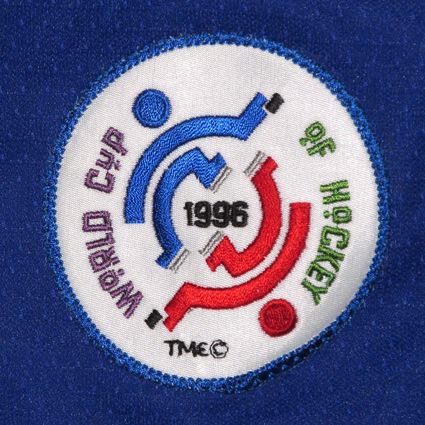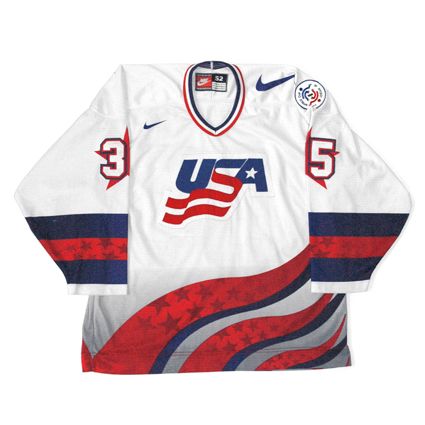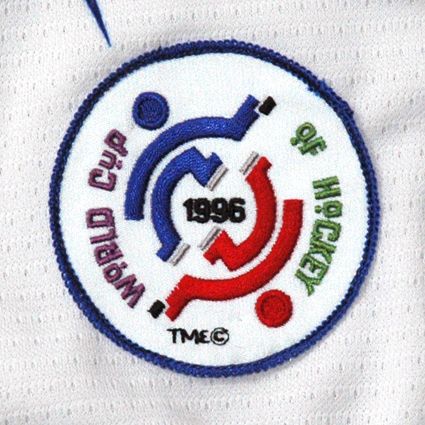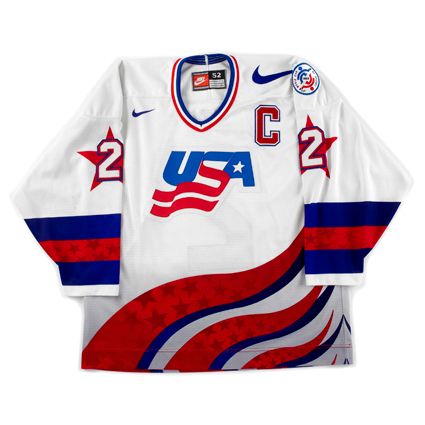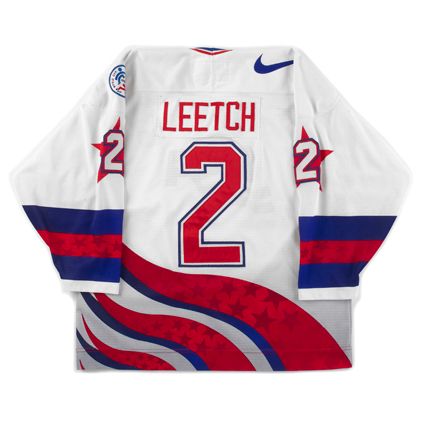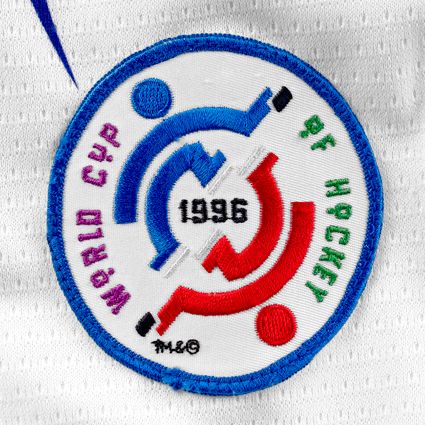The first World Cup, held in 1996 to replace the Canada Cup. The event took place in Garmisch-Partenkirchen, Stockholm, Helsinki, Prague, Ottawa, Philadelphia, Vancouver, New York and Montreal. The World Cup won by the United States 2 games to 1 over Canada. After the Canadians put the USA on the ropes with a win in Philadelphia to begin the best-of-three final, the Americans came back to win the next to game in Montreal to pull off the come from behind victory.
The next World Cup came in 2004. Games were held in Prague, Cologne, Helsinki, Stockholm, St. Paul, Montreal and Toronto. The final this time was a winner-take-all single game final held in Toronto, where Canada prevailed 3-2 over Finland.
The 2016 edition, put on by the NHL and the NHL Players Association, will be played to NHL rules with all games sadly at the Air Canada Centre in Toronto after the previous two editions were shared with cities across Europe and North America. We can certainly see the logic in having a condensed tournament from a logistical and economic standpoint, but most certainly enjoyed our opportunity to attend the 2004 tournament thanks to our proximity of one of the host cities and find it surprising the organizers chose to not have games in Montreal, Ottawa, Detroit, New York, Philadelphia or Boston.
The tournament has a more compact field than the Olympics (12 teams) or the World Championships (16 teams), with eight teams taking part. The "usual suspects" are taking part, Canada, Russia, the United States, Sweden, Finland and the Czech Republic, but rather than include the two teams that finished last and winless in their groups in 2004, Slovakia and Germany, or a another nation such as Switzerland, Belarus or Latvia, the organizers have chosen to take a different route.
The final two teams are Europe and North America. The Team Europe squad is open to players not on any of the other four European rosters and consists of players from Germany, Slovakia, Switzerland, France, Norway, Slovenia, Austria and Denmark, which should make for a more competitive team with increased depth.
The main benefit of such a move is to allow popular NHL stars into the tournament rather than having players such as Anze Kopitar on the sidelines as well as giving fans more players from their local NHL teams to have a rooting interest in. 14 different NHL teams are represented on Team Europe.
Team North America consists of players from both the United States and Canada who are 23 years old or younger. 11 of their players hail from Canada and 12 from the United States. Brandon Saad is the oldest, who turns 24 in six weeks, and Auston Matthews is the youngest by a fair amount, as he turns 19 today and is eight months younger than team captain Connor McDavid. Jack Eichel is the only other 19 year old on the team, as the rest are 20 and older.
under the old eight country format
It will be interesting to gauge the fan's interest in the young guns team since, on the one hand they will be underdogs, which alone will gain them some fans, but on the other hand, the team is made of players from two different countries, so it will be interesting to see how that concept is embraced since American and Canadian fans already have a team of their own full of established veteran star players they've cheered for for years.
Group A consists of Canada, the Czech Republic, Team Europe and the United States, while Group B is made up of Finland, the North American 23 and under team, Russia and Sweden.
Play begins today and sees double headers every day at 3:00 PM and 8:00 PM Eastern Time through Thursday the 22nd. The top two teams in each group will advance to the Semifinals, which will be played one each next Saturday and Sunday with the winners advancing to the best-of-three Final scheduled for Tuesday and Thursday September 27th, 29th and Saturday October 1st if necessary.
In Canada, games will be broadcast on Sportsnet and the CBC in English and TVA Sports in French. In the United States, ESPN will air games on it's family of channels, including ESPN2 and ESPN News.
Many experts are picking this as Canada's tournament to lose, as they are loaded from top to bottom with outstanding players, and the numbers back that up. Adding up the NHL salaries of the eight teams, the Canadians lead with $155 million, followed by the United States at $134 million. Sweden tops $100 million at $109M. Russia and Europe are close at $88M and $87M. The North American youngsters are at $79M, Finland at $72M and the Czech Republic trail the back at $58M, nearly $100M less than the Canadians.
Still, the United States as seen my others as having a great opportunity to win as well. If both teams advance to the Semifinals as expected over Team Europe and the Czechs, the crossover format of the Semifinals gives us a terrific chance at a USA vs Canada final.
Group B is more wide open, but Sweden should be expected to survive. Any one of Russia, North America or Finland could take the other playoff spot. Sweden has also been favored by some to win it all, but the survivor of the other three will in all likelihood not be expected to reach the Finals.
The 2016 World Cup also sees the return of Adidas to the ice as the tournament jersey provider, having once been the supplier to the IIHF in the mid 1980's. All new jerseys and several new logos have been created for the clubs for the event.
The jerseys all have the traditional Adidas three stripes running up the sides in a manor reminiscent of the striping on the original Nike Swift jerseys for the 2006 Olympics. They are an effective way to convey the Adidas brand without being overly intrusive.
Here is a gallery of the new jerseys to be worn, although the crest on the Czech jersey has since reverted to a more familiar style since this graphic was released, along with a few comments on the looks.
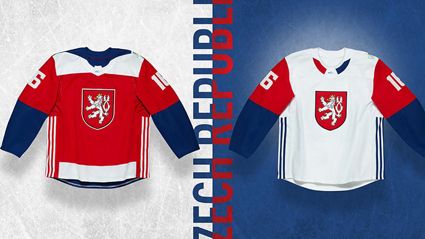
Czech Republic
We're not sure what kind of constraints and considerations Adidas was under when choosing the colors of the Team Europe. Having one color to stand for each of the many nations represented would have certainly resulted in a mess of a jersey, so a blue palette has been employed. They have created a nice crest, but the two tone split dark jersey and the aqua/dark blue split of the white jersey makes the European's jerseys our least favorites of the eight teams.
We do like the flags of each player's home country on the sleeves. Perhaps swapping the dark blue and teal for red to create more contrast between the shades and worked better for our personal tastes, particularly since each country represented does have red in its flag.
Finland's clean jerseys in blue and white with a dash of red from the coat of arms crest is a home run in our book. Having seen them in action, the only addition we'd like to see is the continuation of the chest stripe all the way around the jerseys and having the numbers stand out from the same color stripe with the use of an outline around them. They have a classic look, reminding us instantly of the turn of the century Quebec Bulldogs of the early 1900's.
Adidas again had a blank sheet of paper when it came to the North American U23 team, opting for a menacing black, orange and grey look, with the grey having a textured look to it. The jerseys give the team a unique look and we don't mind the experimentation of the woven texture look to the grey since the jersey has an overall classic striping pattern. The grey does look darker in photos we've seen of the actual jerseys worn in the exhibition games though.
About the only thing we'd like to see is a white outline around the crest, orange back numbers and the sleeve numbers, which are grey outlined in orange on the on ice jerseys to increase the contrast and lighten the overall very dark look Adidas has created for Team Darth Vader.
Another home run is the vibrant jerseys from Russia. The blue shoulders on both the home and road jerseys paired with the bold, twin sleeve stripes check all the boxes, capped off by the Adidas stripes on the sides make the Russian jerseys a real winner.
What can you say about the Sweden jerseys? Design your template, plug in the colors, add the three crowns and you're done. Looks good, especially the blue jerseys with the yellow waist stripe.
Overall, a very nice combo for the Americans. We like the template of the white American jersey a bit more than the blue one, while we prefer the newly created shield crest for dark jersey over the modern font for the cresting of the white jersey. We'll hold off on deciding which one to purchase based on which one the team is wearing when they hoist the championship trophy on October 1st.
Today's video section is a look at both the European and North American jerseys in action from a pre-tournament game.
